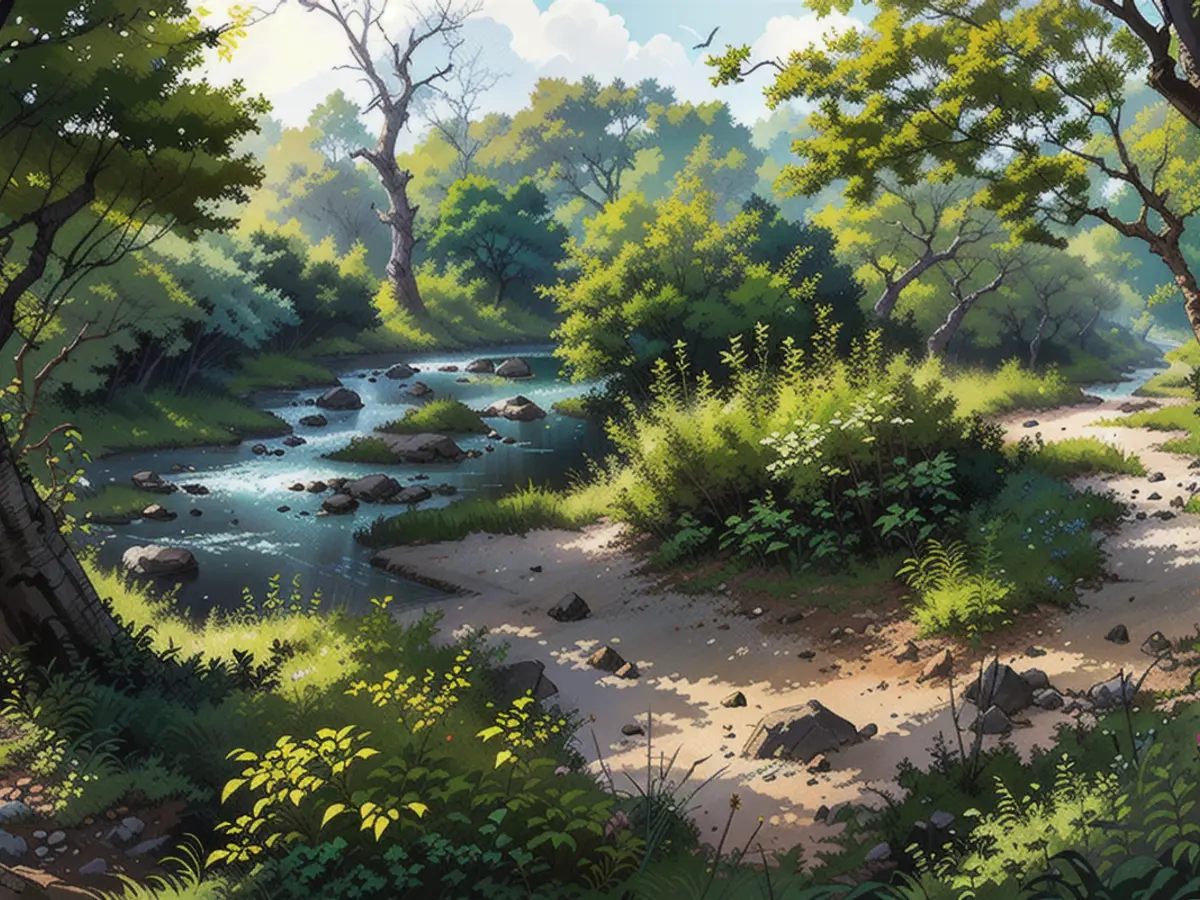Nearly half of the world's mangrove forests are under threat.
A recent study has revealed that approximately half of the world's mangrove forests could be at risk. These significant coastal habitats are in danger due to the impacts of climate change, deforestation, and pollution, as per the International Union for Conservation of Nature (IUCN). They released the findings on International Biodiversity Day.
The World Conservation Union, known for its Red List of endangered species, conducted their first-ever assessment of an entire ecosystem using the Red List's criteria. This assessment evaluated the condition of mangrove forests in 36 regions globally.
The report indicates that half of all mangrove ecosystems are in poor health with categories of "vulnerable," "critically endangered," and "endangered." This means that a staggering 20% of mangrove forests are classified as either "critically endangered" or "endangered." Grethel Aguilar, the Director General of the World Conservation Union, urges for "coordinated conservation measures for mangroves."
Mangrove forests are typically found in the tropical and subtropical regions. What sets them apart is their ability to thrive in a unique type of water known as brackish water, which is a mixture of sea salt and fresh water. They provide a vital habitat for various fish species. IUCN estimates that 15% of the world's coastlines are covered in mangroves, encompassing around 150,000 square kilometers.
The threats to mangrove forests mainly stem from deforestation, overdevelopment, pollution, and dam construction. However, sea-level rise and the increasing frequency of severe weather events associated with climate change have amplified the threats to these ecosystems.
Read also:
- Year of climate records: extreme is the new normal
- Precautionary arrests show Islamist terror threat
- UN vote urges Israel to ceasefire
- SPD rules out budget resolution before the end of the year
The IUCN study underscores that half of the world's mangrove forests are currently in danger, facing threats from climate change, deforestation, and pollution. Despite being home to numerous fish species and coverings nearly 15% of the world's coastlines, these vital habitats are now categorized as "vulnerable," "critically endangered," or "endangered" in over 20% of mangrove ecosystems, presenting a daunting danger for their future survival.
Source: www.ntv.de








